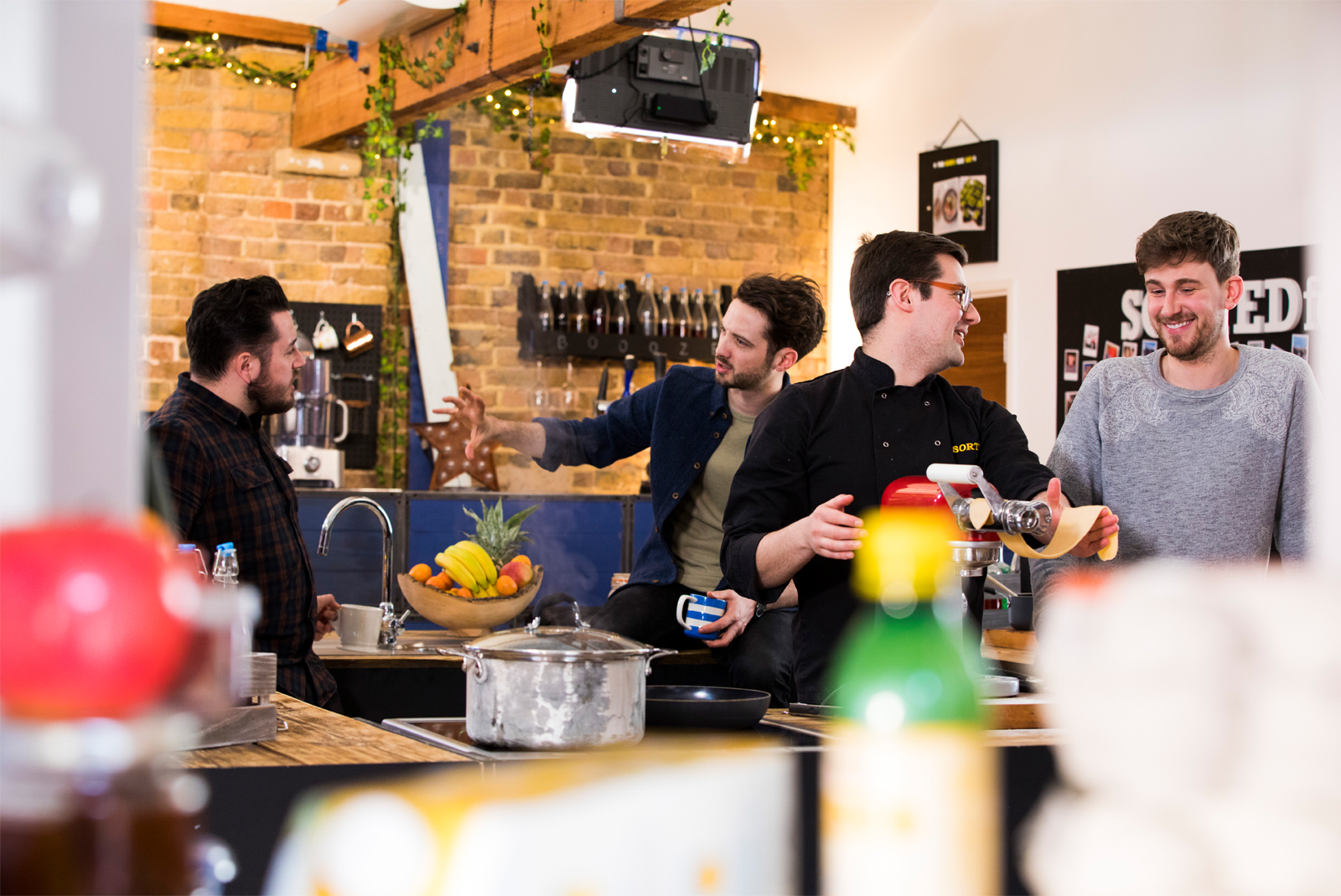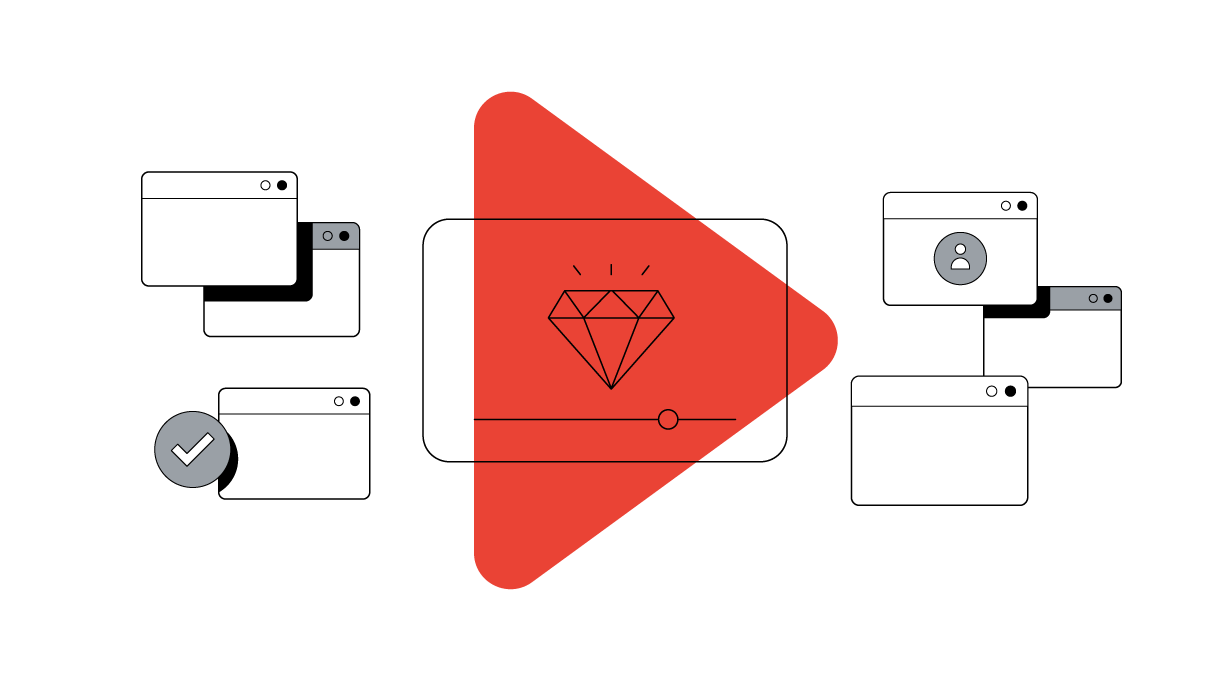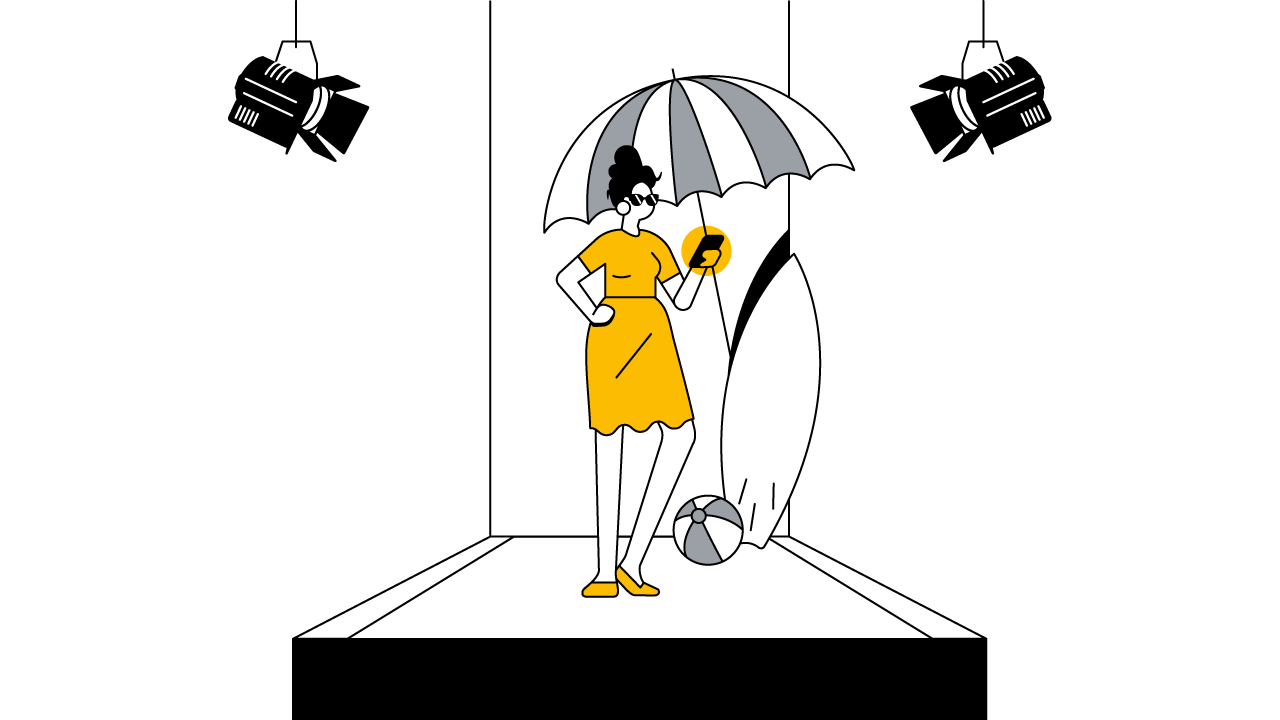SORTEDfood is one of the world’s largest food and cooking communities. We sat down with the passionate foodies to hear their insights and tips for brands and creators on YouTube.
Ben Ebbrell, Mike Huttlestone, Jamie Spafford and Barry Taylor are four childhood friends who hail from the UK and reach the world every day on YouTube. And because no great story ever started with a salad, the friends founded SORTEDfood sitting around a pub table.
With over 2 million subscribers, an average of 3.7 million impressions per video and a phenomenal 91 million organic views in 2018 alone, each averaging over 7 minutes of engaged watch time.1 — the friends know a thing or two about building a vibrant and engaged online cooking community. We sat down to hear their recipe for success on YouTube.
What’s your earliest memory of YouTube?
Over 10 years ago now, in May of 2008. We had put a video camera on a tripod and recorded us cooking up a few recipes from our self-published student cookbook. They were supposed to just be “adverts” for the book. We put them on YouTube to share with our friends and universities. Little did we know that these video recipes would be the start of a decade’s journey to create what we have today — a global community of people contributing to one of the world’s largest and most engaged conversations around food, cooking and inspiration.
Funny that even back then we instinctively knew that the best way to raise awareness of a product was to create interesting, entertaining content. That in turn leads to curiosity and demand — much better than simply creating a “hard sell”!
How has YouTube changed since then?
Fundamentally, it’s the same. Still a place to naturally build a community and create and publish content with immediate and direct interactions with those watching. Having said that, YouTube now reaches more people — nearly every country and every language using the Google auto-translate function.
The platform is curated with channels and playlists of all sorts of useful and interesting content compared to what was initially a collection of chronological videos you could simply share or search for. This encourages developing video formats and series to build loyalty with viewers.
YouTube now attracts viewers who are more prepared to invest their valued time in the content creators they love, trust and rely on for entertaining content. Average watchtime is much higher than it ever was (averaging 7.5 mins for sortedfood) and results in further growth in mobile views — plus, we see a constant growth in our smart TV views.
Viewers voluntarily invite SORTED into their lives and their most intimate spaces: connected devices in their pockets, headphones in their ears, smart TV’s on their living room walls or even into their bedrooms during their most relaxed moments.
What makes YouTube so unique for you?
The two-way communication. It’s not just a publishing platform. Through questions and posts on the community tab, polls in the video cards and by inviting our audience to comment down below we get insights that help to steer and constantly improve our content.
It’s not user-generated content, as people tend to shy away from that, unsure whether it can be trusted for reliable results. But it most definitely is user-led and shaped. Tested and refined by us. Combined with the insights from detailed YouTube Analytics we can develop and create videos that our community want. This is a big factor as to why it performs so well when it launches. We’re just bringing their ideas to life.
What’s your recipe for success on YouTube?
A balance of content styles. So, consistency in video release and ensuring subscribers can rely on us to publish a new video every Wednesday and every Sunday without fail, whilst mixing up the formats and content themes within.
There are video formats we create that we have now been doing for years and bring back every so often, knowing that the viewers love to see them. The Ultimate Battle or Big Night In formats are good examples of this. Occasionally we’ll try out something new and so long as we love it and we get the audience involved in shaping it then it usually works.
However, broadly speaking, a range of food travel videos, eating out and about around London, studio based recipes or cooking challenges and the occasional collaboration with other content creators keeps people guessing and excited for what’s next. Even though they know for sure something will be there on a Wednesday and Sunday at 4pm (GMT).
Beyond being authentic, how did SORTED become viewers’ “trusted mate”?
SORTED has the advantage of having multiple of us in this genuine 20 year friendship. Together we represent SORTED, but individually we all have our own personal opinions and approaches to food.
The friendship can’t be manufactured. Pretty much everybody who watches can relate in some way to one or more of us or our characteristics. That also means that not everything we do is 100% loved by all of us — further evidence that it’s real and not just “amazing” for camera. People trust SORTED because they feel a part of the inclusive conversations across all social media and therefore trust each of us involved individually.

What tips do you have for budding creators?
Find a passion point that you absolutely love, if there’s a topic you’re passionate about, there’s a good chance others will enjoy it too. Even a niche subject will find an audience on YouTube and albeit slightly smaller, is likely to be more engaged giving better success in your topic area. Then, be yourself! Viewers want to connect to the “you” part of YouTube. Real people. That's another reason why brands struggle to create content without personalities to front it.
Also, harness all the content you create on the values of a true, genuine friendship. That's what SORTED has always done. Put trust, loyalty, laughter and reliability first. Aim to enrich viewers’ lives the way your friends enrich yours. And don't sell to them. Neither should you ever have to buy them. True friends aren't bought, instead it's voluntary and a bond is crafted and nurtured.
SORTED began as mates around a pub table. The table has grown virtually on YouTube and our sole aim is to make people want a seat at that pub table to join in. Then we offer that invitation. Come and join the SORTED Club!
What are brands doing right and wrong with online video?
Right… lots of things — moving focus to the platforms like YouTube where an online generation naturally spend their time and realising the power and influence it can have is huge. Increasingly trusting the digital natives from the platform to assist in the creative process also vastly improves the positive sentiment of what’s released.
Wrong... there is still a lot of push marketing. Ideas caught up in what the brand wants to say (key messaging and campaign strategy) rather than considering what the target demo wants to see. That’s were brands can benefit from partnering with an “Allegory Brand” like SORTEDfood.
An Allegory Brand is a brand centred around a passion point such as food and founded on authenticity, trust and an altruistic cause, for example, exploring food and all food, without bias! Often they are content businesses with provenance that stands up to the scrutiny and transparency that a millennial audience care about and typically has an ever-evolving inclusive true story.
How do you create content that cuts through the noise?
The noise is a good thing. It helps to highlight the trends and what's currently popular! We sift through the noise, the comments, the data and consolidate what we believe our audience would most love to see. As food is such a passion subject for all of us, we can also be confident that if it interests us, then it's likely to interest our audience as well. And beyond our core audience, what a new audience might love.
Our mission is to get more people to fall in love with great food again. The wider we can cast the net with entertaining videos around food, the more chance we have of sharing interesting food ideas with a greater audience that may not otherwise have seen.
How do you maintain engagement?
We build it into our content delivery process. It’s a feedback loop. We don’t just ask for engagement (like, comments, votes etc.) because it’s “best practice”, we do it so we can constantly improve ourselves and we can feed this insight back into the creative process.
We often return to videos we did six or seven or eight years ago and with all the incredible feedback and suggestions underneath the video we recreate an even better one. Not to say the first was wrong, it served a purpose — quick, simple, tasty, often budget-friendly. But the new one incorporates more skills, tips and tricks and makes use of the more authentic ingredients we now have available to us.
That’s why SORTED’s channel has 3X the engagement of industry average and 6-7X the engagement of many of the largest YouTube food and cooking channels. Simply because we ask and then we use those contributions. It’s a direct incentive for our community to continue getting involved because their opinions matter!
Where do you see the future of online video going?
In a world where we are consuming more food that ever before — not just calories, but food content in the form of video programming, new restaurant pop-ups, food festivals and more — there is an unbelievable disconnect between what we eat and our understanding of where it comes from, how it's produced, what effect it's having on our bodies, our communities and our planet.
There's definitely a role for online video to begin to address some of these topics and fill in the gaps in people’s knowledge. Ideally raising the conversation among an entire generation who have missed out on these themes through their education. Empowering people to make their own valued decisions about the foods they choose.
This can't be done in a preachy way. Established online creators have earned the trust and permission from their community to naturally incorporate some of the relevant topics into their releases. Education sounds bold but there's definitely an opportunity for online video to move into a world of better awareness on these topics.






